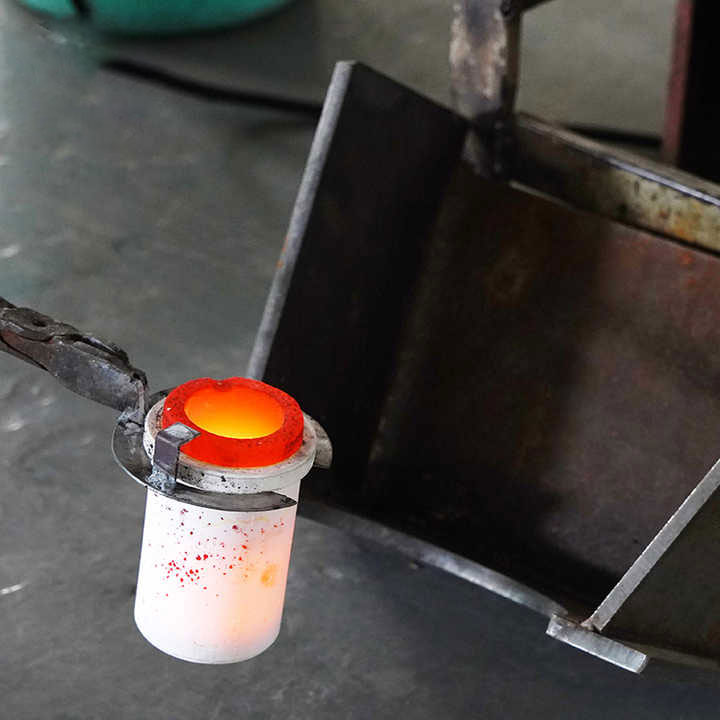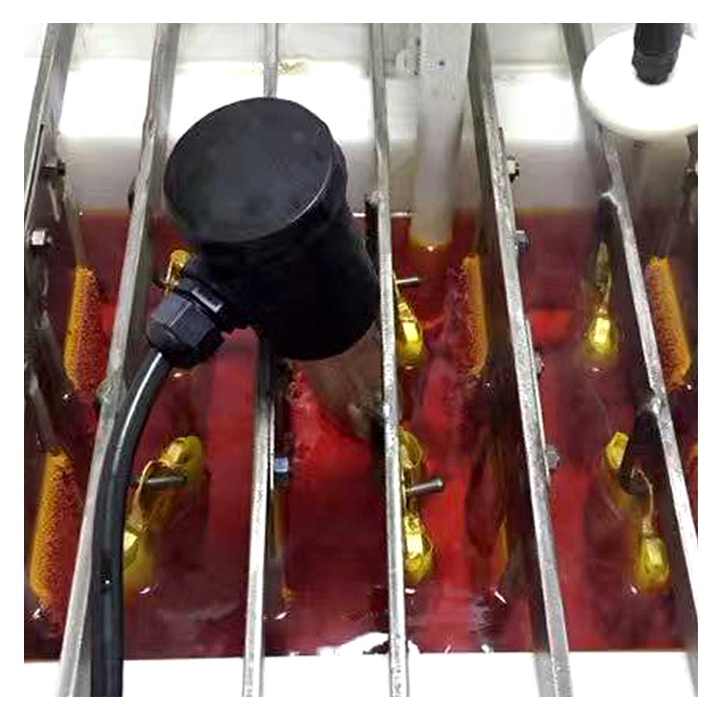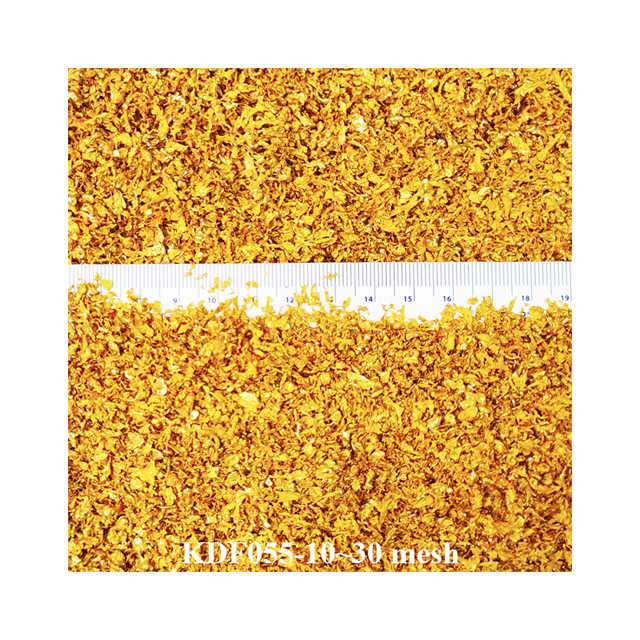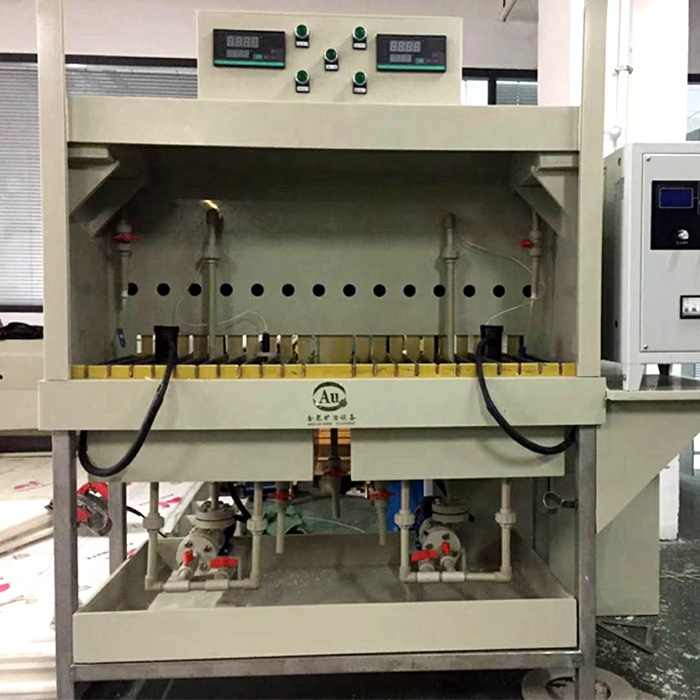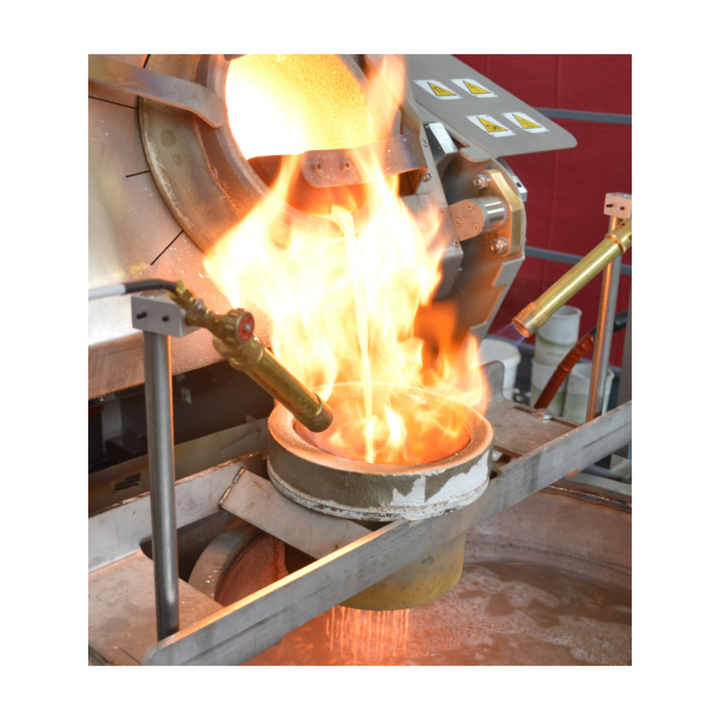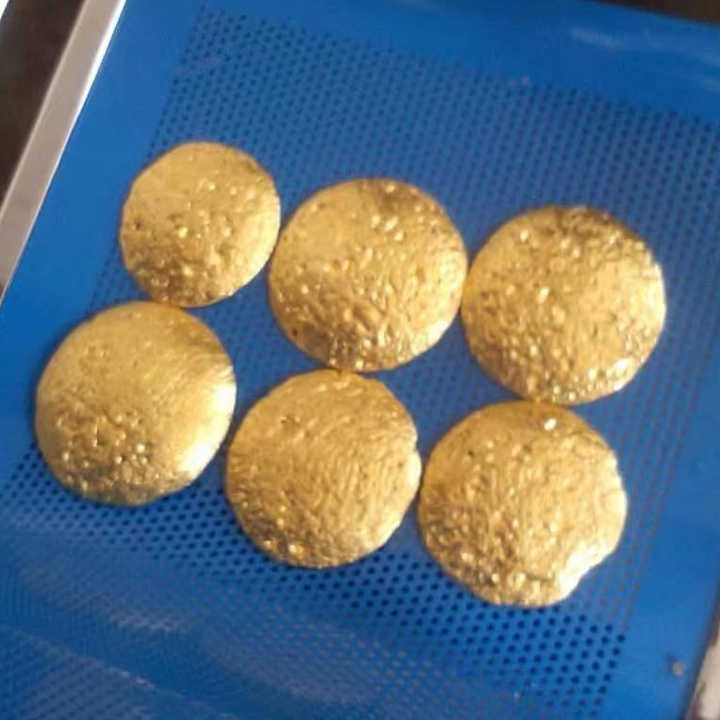gold purification process
The gold purification process is a crucial step in the production of high-quality gold, ensuring that the final product is free from impurities and meets industry standards. Whether you’re involved in gold mining, jewelry making, or simply interested in how raw gold is transformed into a valuable commodity, understanding this process is essential. This article delves into the various methods used in the gold purification process, highlighting the steps, techniques, and importance of each stage.
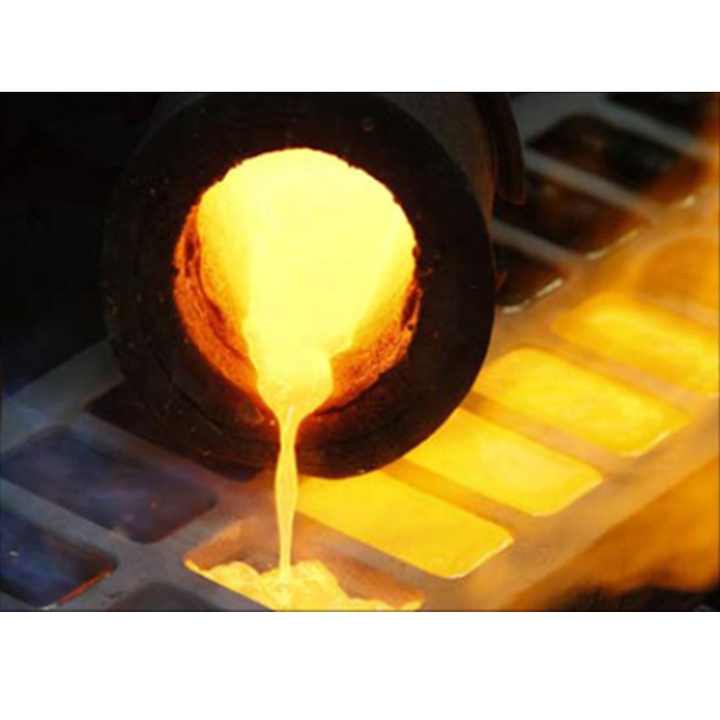
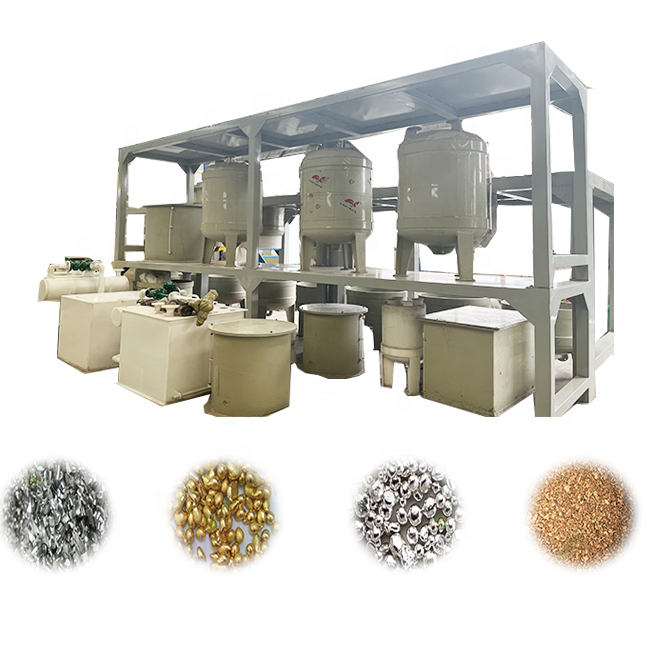
What is the Gold Purification Process?
The gold purification process refers to the series of steps taken to remove impurities from raw gold, resulting in pure gold, often referred to as 24-karat gold. Raw gold, often mined from the earth, contains various impurities such as other metals (e.g., silver, copper), minerals, and dirt. The purification process is necessary to separate these elements and obtain gold in its purest form.
Methods of Gold Purification
Several methods are employed in the gold purification process, each with its unique advantages and applications. Below are the most common techniques:
1. Miller Process
The Miller process is one of the oldest methods of gold purification and is still widely used today. This method involves blowing chlorine gas through molten gold. The chlorine reacts with the impurities, forming chlorides that rise to the surface and can be easily removed. While the Miller process is efficient, it typically yields gold of about 99.5% purity. Further refining is often necessary to achieve higher purity levels.
2. Wohlwill Process
The Wohlwill process is a more advanced technique that produces gold of 99.99% purity. This electrolytic process involves placing impure gold in an electrolyte solution of gold chloride and hydrochloric acid. An electric current is passed through the solution, causing pure gold to deposit onto a cathode. The Wohlwill process is highly effective for producing high-purity gold but is more time-consuming and expensive than the Miller process.
3. Aqua Regia Process
The Aqua Regia process is named after the Latin term for “royal water,” a mixture of nitric acid and hydrochloric acid. This method is used to dissolve gold, allowing it to be separated from impurities. After dissolving the gold, it is precipitated out of the solution and then further refined. The Aqua Regia process is versatile and can be used for small-scale gold purification, especially in laboratories.
4. Cupellation
Cupellation is an ancient method of gold purification that is still used in some small-scale operations today. In this process, the impure gold is placed in a furnace with a porous cupel, a material that absorbs non-gold metals when heated. As the temperature rises, the impurities are absorbed by the cupel, leaving behind purer gold. While not as efficient as modern methods, cupellation is a cost-effective technique for purifying small amounts of gold.
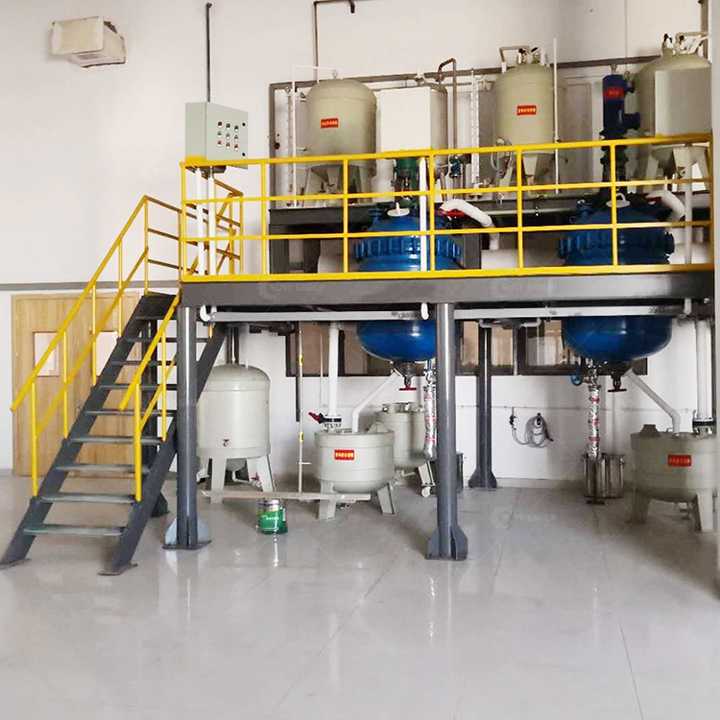
Importance of the Gold Purification Process
The gold purification process is critical for several reasons. First, it ensures that the gold meets the purity standards required for various applications, such as jewelry, electronics, and investments. High-purity gold is more valuable and desirable, making the purification process essential for maximizing profit.
Secondly, the purification process removes harmful impurities that could affect the durability and appearance of the final product. For example, the presence of copper in gold can cause it to tarnish, reducing its aesthetic appeal and market value.
Finally, the gold purification process is vital for meeting regulatory standards. Many countries have strict regulations regarding the purity of gold products, especially those used in financial markets or as currency reserves. Failing to meet these standards can result in legal penalties and loss of business credibility.
Challenges in the Gold Purification Process
Despite the advancements in technology, the gold purification process still faces several challenges. One of the primary challenges is the environmental impact. Some purification methods, such as the Aqua Regia process, involve the use of toxic chemicals that can harm the environment if not managed properly. There is an ongoing need for more sustainable and eco-friendly purification techniques.
Another challenge is the cost associated with achieving high purity levels. The Wohlwill process, for instance, while highly effective, is also expensive and time-consuming. For small-scale operations, the cost of implementing such processes can be prohibitive.
Conclusion
The gold purification process is a vital step in transforming raw gold into a valuable and pure commodity. From ancient methods like cupellation to modern techniques like the Wohlwill process, each method plays a crucial role in ensuring the purity and quality of gold. As the demand for high-purity gold continues to grow, the need for efficient, cost-effective, and environmentally friendly purification methods will also increase.
Understanding the gold purification process is essential for anyone involved in the gold industry, as it directly impacts the quality, value, and marketability of the final product.










